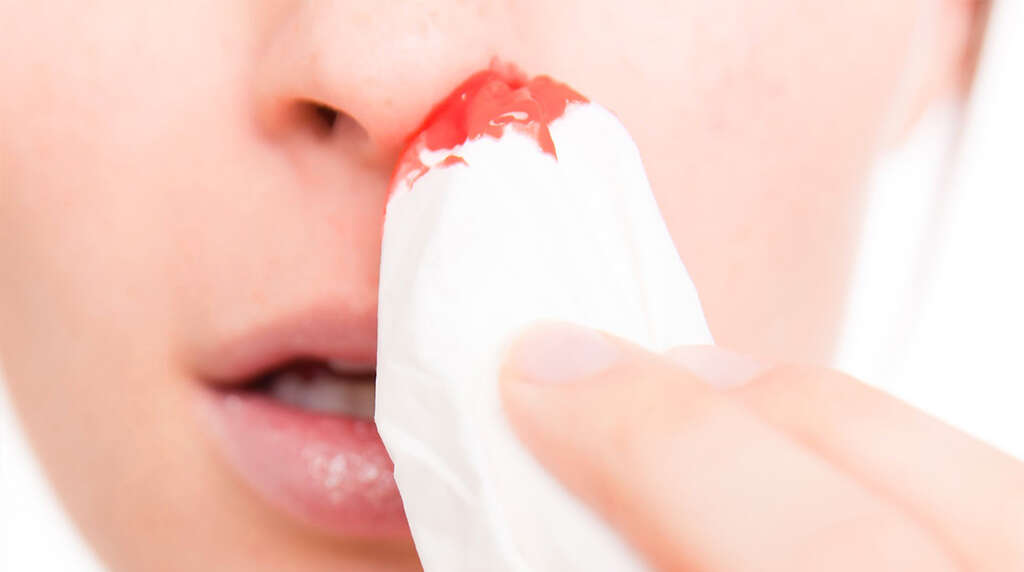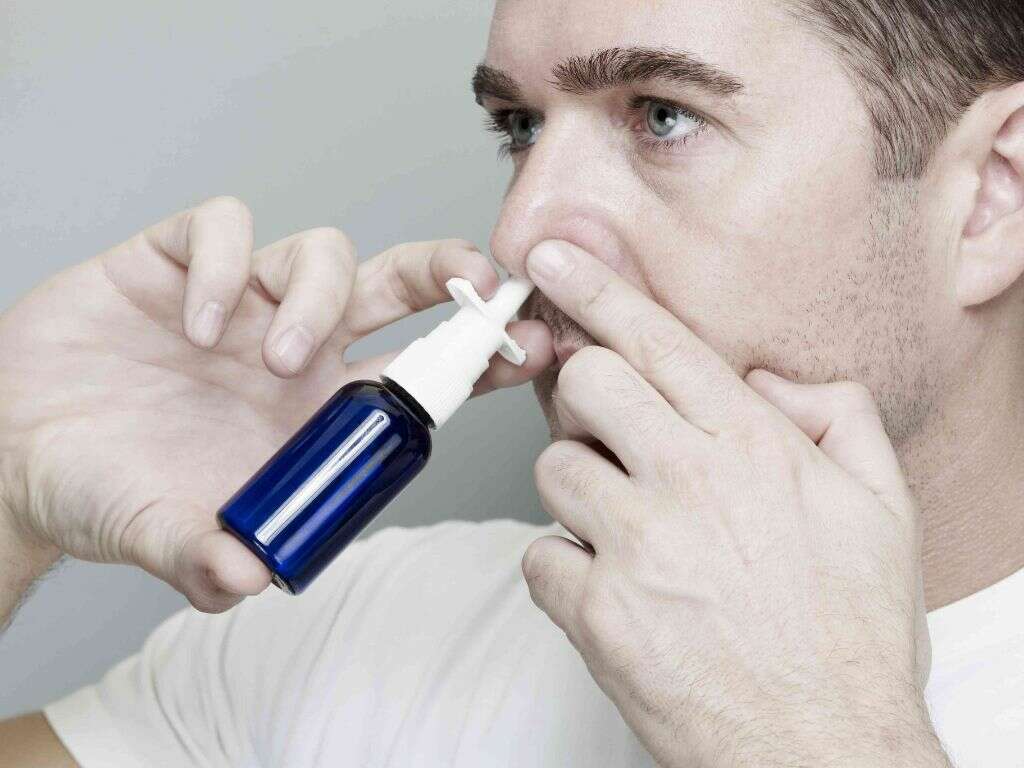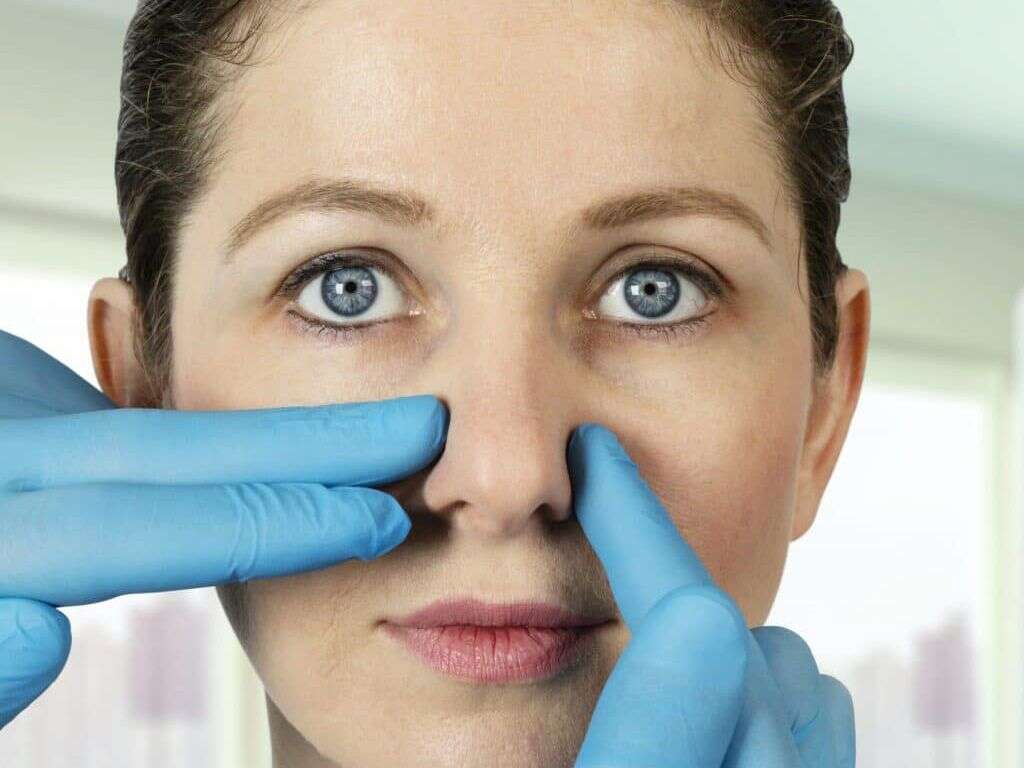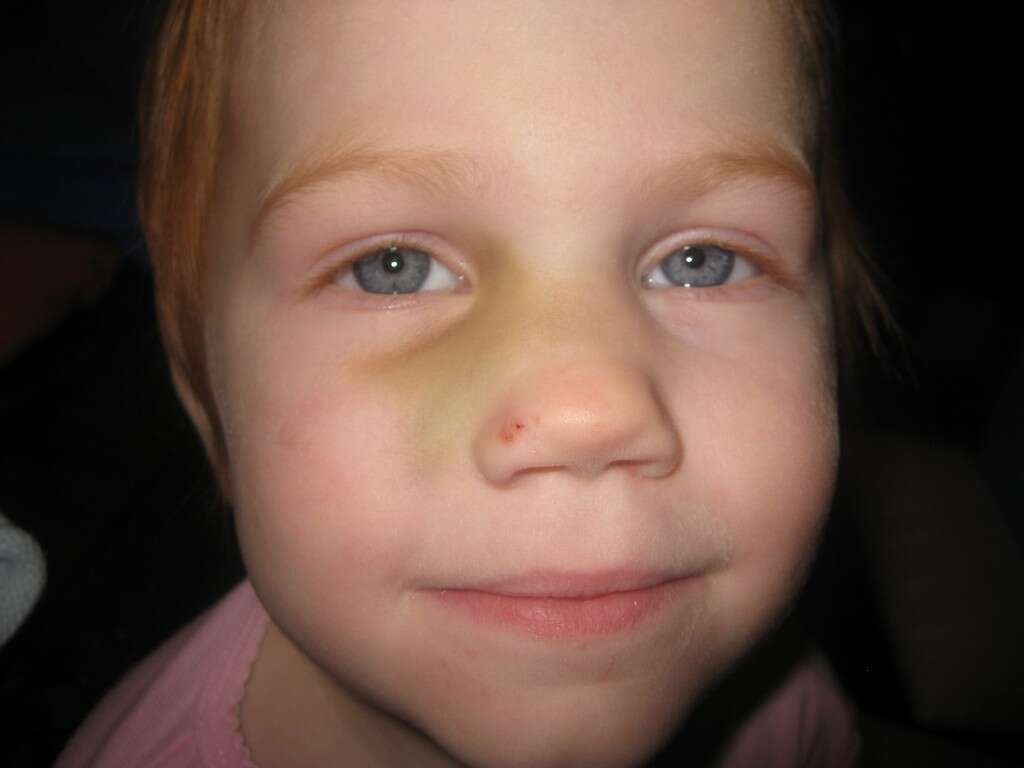10 Deviated Septum Symptoms
A deviated septum often refers to the crooked or off-center nasal septum. The nasal septum is the part of the nose consisting of bone and cartilage that divides the nasal cavity in half. There are many individuals who have this issue. It has even been estimated that as many as 80% of the population have some degree of misalignment of their nasal septum. Most are born with it, while some may develop a deviated septum after experiencing trauma or injury to the nose. The normal process of aging can also worsen they symptoms of a deviated nasal septum.
Risk factors for a deviated nasal septum includes injury during childbirth, playing contact sports, and not using a seat belt when in a car. Complications of a deviated nasal septum include chronic mouth breathing and disturbed sleep. A diagnosis can be made when a doctor examines the inside of the nose with a bright light and a nasal speculum. Treatment is only required for severe cases as it can negatively impact the quality of life. It may involve the use of decongestants, antihistamines, nasal steroid sprays, and surgical repair.

Symptom #1: Nose Bleeds
A nose bleed is also known as epistaxis. It is usually only noticed when blood flows out through the nostrils. Nose bleeds can be divided into anterior and posterior types. In severe cases of nose bleeds the blood can flow into the stomach and result in nausea and vomiting. While the sight of a nose bleed can be alarming, it is rarely fatal and is fairly common.
As many as 60% of the population has experienced a nose bleed at some point in life. Besides occurring as a symptom of a deviated nasal septum, it can also be seen when there is blunt trauma, excessive nose picking, rhinitis, low humidity of inhaled air, and intranasal tumors.

Symptom #2: Nasal Congestion
Nasal congestion occurs when the nasal passages are blocked when there is swelling of the membrane lining of the nose due to inflamed blood vessels. There are many causes of nasal congestion such as respiratory infection, allergies, common cold, deviated septum, side effect of medications, rhinitis medicamentosa, and sinusitis.
Nasal congestion can become a significant issue especially in infants as it can interfere with breastfeeding, hearing, and speech.

Symptom #3: Difficulty Breathing
Difficulty breathing occurs when there is a feeling that one is unable to breathe well enough due to air hunger, chest tightness, or the need for increased effort to breathe. It is a symptom that can be seen in interstitial lung disease, cardiac ischemia, asthma, pneumonia, heart failure, chronic obstructive pulmonary disease, panic disorder, anxiety, or in structural anomalies in the nose such as a deviated nasal septum.
The treatment and management for breathing difficulties depends on the underlying condition.

Symptom #4: Recurrent Sinus Infections
Recurrent sinus infections or sinusitis can cause issues such as blocked nose, thick nasal mucus, facial pain, headaches, fever, and sore throat. It can be caused by air pollution, infection, allergies, or structural anomalies of the nose.
If the sinus infection lasts more than ten days, it can worsen and progress to become a bacterial infection. Recurrent episodes of sinus infections are commonly seen in those with poor immune function, deviated nasal septum, asthma, and cystic fibrosis.

Symptom #5: Headaches
A headache occurs when there is pain felt in any region of the head or neck. There are many types of headaches such as cluster headaches, migraines, and tension type headaches. Those who experience frequent headaches have an increased risk of depression.
Headaches are very common and can be seen in fatigue, dehydration, sleep deprivation, side effect of medications, stress, viral infections, head injury, loud noises, dental issues, and sinus issues. It is often an associated symptom of sinusitis and tends to occur in those with deviated septum.

Symptom #6: Postnasal Drip
A postnasal drip occurs when there is excessive production of mucus by the nasal mucosa resulting in the accumulation and drainage down the back of the throat. It can be seen in gastroesophageal reflux disease, swallowing disorders, rhinitis, sinusitis, allergies, flu, and cold.
The dripping of mucus from the nasal membranes down the back of the throat can trigger a cough which worsens when there is an infection. Treatment depends on the nature of the postnasal drip. It may involve the use of antibiotics, antihistamines, nasal steroids, and nasal decongestants.

Symptom #7: Snoring
Snoring occurs when the respiratory structures vibrate due to obstruction of air movement resulting in a sound. Snoring can be soft or loud. It is also often the first indication of obstructive sleep apnea. Snoring has been attributed to be one of the factors causing sleep deprivation. Associated symptoms of snoring include irritability, daytime drowsiness, and lack of focus.
A study has estimated that as many as one in every fifteen Americans is affected by some degree of sleep apnea. Some examples of conditions that can cause snoring are obesity, throat weakness, mispositioned jaw, sleep deprivation, use of relaxants like alcohol or drugs, and nasal passageway obstruction, among others.

Symptom #8: Sleep Apnea
Obstructive sleep apnea is the most common type of sleep apnea. It occurs when there is a partial or complete obstruction of the upper airway. Sleep apnea can be characterized by the repetition of shallow and paused breathing while one is asleep. Since most patients with apnea are rarely aware of their condition, it is often reported by their bed-partners who notice it while they are asleep.
It can result in fatigue, irritability, excessive daytime sleepiness, or poor focus at school or work. It can occur in both children and adults. Causes of sleep apnea include old age, brain injury, decreased muscle tone, increased amount of soft tissue around the airway, or structural features causing a narrowed airway.

Symptom #9: Facial Pain
Since patients with a deviated septum often experience nasal congestion, it can also result in facial pain which can be associated with headaches. This facial pain can be felt behind the eyes, in the upper jaw, soft palate, back of the nose, temple, neck, and occiput. It is often associated with a red face and tearing.
It can be managed with medication used for sinus decongestion. While there may be some debate about the symptom of facial pain in those with deviated septum, it is certainly possible when a severely deviated septum impacts the inside of the nasal wall causing facial pain on the same side.

Symptom #10: Sleeping on One Side
Most individuals have their preferred sleeping habits. Some prefer to sleep on their backs, on their stomach, or on their left or right side. However, in patients with a deviated septum, the main reason they prefer to sleep on a particular side is to help optimize their breathing through the nose throughout the night.
This occurs when the deviated septum narrows one side of the nasal passage. Patients tend to sleep on the side where the septum deviates as it means the good side is not blocked.










